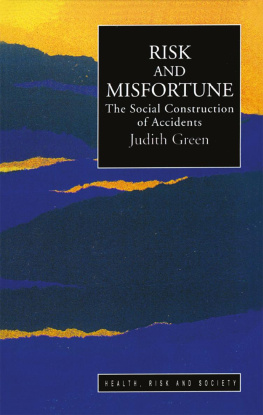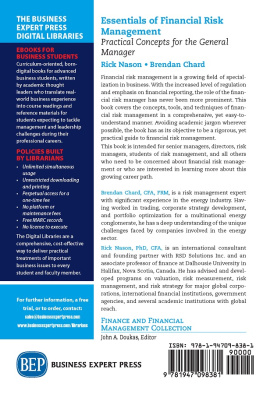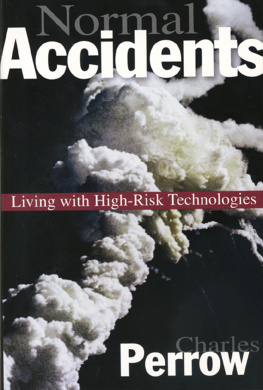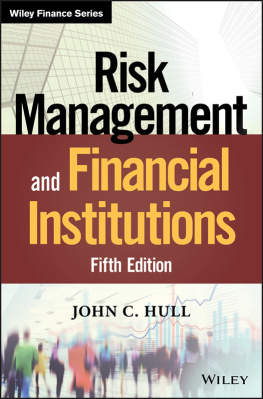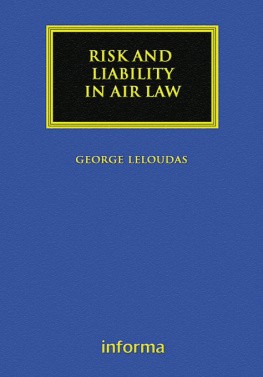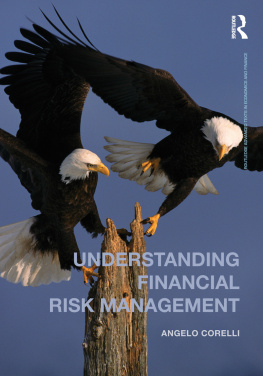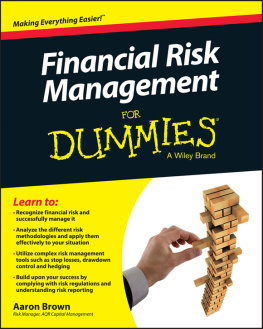Risk and misfortune
HEALTH, RISK AND SOCIETY
Series editor
Graham Hart
MRC Medical Sociology Unit, Glasgow
In recent years, social scientific interest in risk has increased enormously. In the health field, risk is seen as having the potential to bridge the gap between individuals, communities and the larger social structure, with a theoretical framework which unifies concerns around a number of contemporary health issues. This new series will explore the concept of risk in detail, and address some of the most active areas of current health and research practice.
Forthcoming titles include:
Living with HIV: identity and social risk
Gill Green & E.J. Sobo
Risk landscapes and heart disease
Charlie Davison, George Davey Smith, Stephen Frankel
Food and health: the mass media and the social production of risk
David Miller, Jacquie Reilly, Sally Macintyre
Sexual risks and strategies: constructing and interpreting gay male sexual behaviour
Graham Hart & Paul Flowers
Risk and misfortune
A social construction of accidents
Judith Green
London School of Hygiene and Tropical Medicine
First published in 1997 by UCL Press
Published 2003 by Routledge
2 Park Square, Milton Park, Abingdon, Oxon OX14 4RN
52 Vanderbilt Avenue, New York, NY 10017
Routledge is an imprint of the Taylor & Francis Group, an informa business
Copyright 1997, Judith Green
All rights reserved. No part of this book may be reprinted or reproduced or utilised in any form or by any electronic, mechanical, or other means, now known or hereafter invented, including photocopying and recording, or in any information storage or retrieval system, without permission in writing from the publishers.
Notice:
Product or corporate names may be trademarks or registered trademarks, and are used only for identification and explanation without intent to infringe.
British Library Cataloguing-in-Publication Data
A catalogue record for this book is available from the British Library.
Library of Congress Cataloguing-in-publication Data are availible.
ISBN 13: 978-1-85728-561-1 (pbk)
ISBN 13: 978-1-138-17617-1 (hbk)
Contents
This book is dedicated to Rebecca Green.
In recent years interest in the subject of risk has increased enormously. Although estimates of risk have long been a feature of modern life, and there exists a large technical literature on the topic, it is only relatively recently that sociologists and other social scientists have engaged conceptually with risk. For sociologists of health and illness, the interest in risk lies in its potential to bridge the gap between individuals, communities, and the larger social structure which constructs, contextualizes and determines exposure to harm. There are now a number of examples of empirical and theoretical work which render risk more problematic than previously considered. The series, Health, Risk and Society intends to offer an integrative and cohesive approach to health and risk, providing fresh and challenging insights to current health problems and the way in which we conceptualize them.
If our aim is to establish a body of literature that unifies sociological interest in both risk and health studies, then we could not have a better start to the series than Risk and misfortune: a social construction of accidents. Referring to an archaeology of accidents, Judith Green has provided an exemplar of this innovative approach to the understanding of risk through her detailed historical, theoretical and empirical analysis of accidents. If risk is concerned with the likelihood of exposure to a given harm, and an accident is an unforeseen event (at least in its specific timing), then consideration of the two the risk of an accident occurring sets us off on a fascinating epistemological and conceptual journey. Comprehensive in its breadth and depth, Risk and misfortune will prove invaluable to any reader who has for a moment considered what constitutes an accident or mishap, the notion of responsibility for misfortune, and the extent to which accident prevention is possible.
Graham Hart
Series Editor
Health, Risk and Society
If the student of accidents has few academic sources to draw on, this is more than compensated by the wealth of primary data. Most people have a fund of accident stories and this book owes a great debt to the many people who have shared theirs with me over the past few years. I am particularly grateful to those who were kind enough to take part in interviews and discussion groups about their experiences. Apart from consenting to have their stories recorded, many of them also passed on articles to read and contributed to the arguments here. Many friends and colleagues have also made useful comments, suggested books to read or debated the issues. They include Wayne Parkin, Jackie Pearce, Gil Thornhill, Paul Kelly, Steven Wibberley, Laurence Pearl and Sarah Nettleton. Christine Jenner and Anne Heller have both helped to provide time to write, for which I am very grateful. Thanks are due to Nicki Thorogood, who has been an unstinting source of both academic and social support, and who made useful comments on an earlier draft.
This book is based on a PhD thesis, and special thanks are due to my supervisor, David Armstrong, who has known exactly when to be encouraging and when to be challenging, and whose advice has always been invaluable. The Department of General Practice and Primary Care at Kings College School of Medicine and Dentistry funded the first two years of the PhD, and I would like to thank Professor Roger Higgs for early encouragement, and colleagues at the Department of General Practice of UMDS for their support. Graham Hart, as series editor for UCL Press, has made useful suggestions on how to turn a PhD into a readable book. Any failings in that respect, or any other, are of course entirely my own.
The tables in listing cases of mountain accidents and advice to walkers and climbers are reproduced with kind permission of the Lake District Search and Mountain Rescue Association.
In the excerpts reproduced in , the following conventions are used:
words omitted by author
at the end or beginning of utterance indicates interrupted speech
[ ] enclose words added by author
What is an accident?
Milk is spilt, a car crashes, a woman unintentionally becomes pregnant, a small boy wets himself. The range of events that we describe as accidents is vast and disparate, including the serendipitous chance meeting or interesting discovery, but more usually some kind of misfortune, often trivial but occasionally tragic. Indeed, the word accident covers a seemingly infinite range of possible misfortunes that, as we say, will happen and have to be expected from time to time. Such misfortunes are perhaps universal to human society, but ways of classifying, understanding and managing them clearly are not. This book is an attempt to examine accidents sociologically, in order to understand how some misfortunes have become classified specifically as accidents in the late twentieth century.
At one level this is perhaps a rather trivial question, as we all have a knowledge of what accidents are and in everyday conversation we use the term, on the whole, unproblematically. As a description of certain kinds of misfortune, we use the word accident in two rather different ways. First, it is used to denote certain kinds of outcome: as a synonym for injury, as in an industrial accident, or to describe a car crash. The work colleague who comments that she was involved in a car accident yesterday or the parent who says my daughter had an accident at school today is marking the event in terms of its outcome: perhaps damage to the car, or injury to the person. Secondly, though, it is also used as a moral term, denoting lack of intent or motivation on the part of the agent: it happened by accident. In this sense, the term accident is used to describe a causal sequence. Similar outcomes (such as a death, injury or material damage) can be produced by events that are clearly not accidents, such as homicide, war or wilful damage. It is the process preceding the outcome that is critical.

